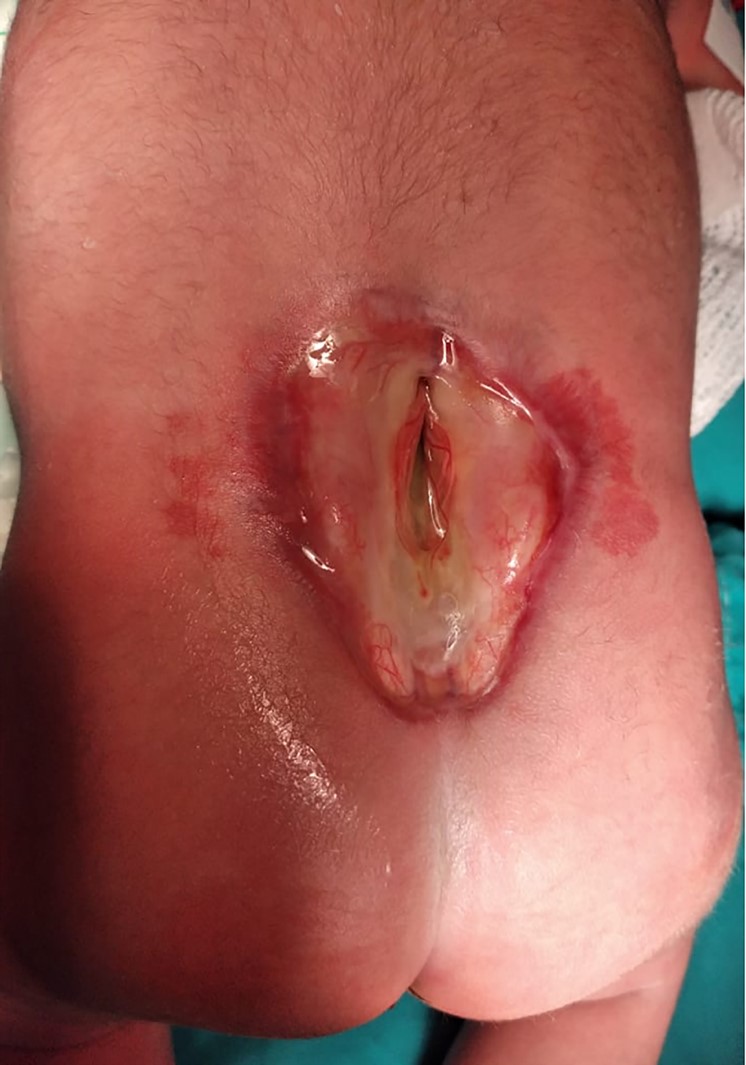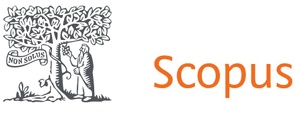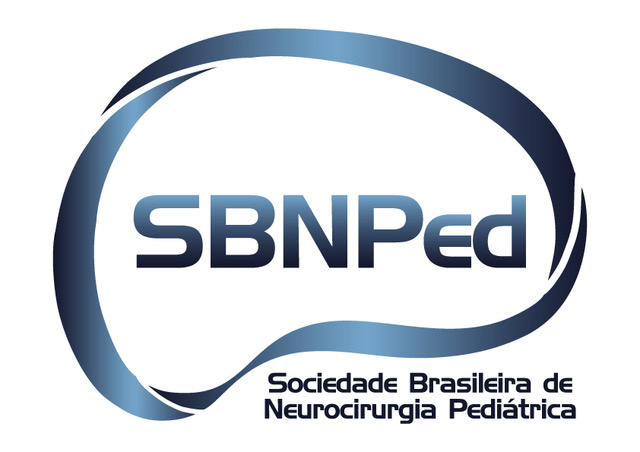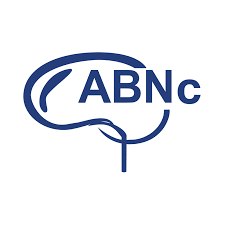Open meningocele associated with a cervical spinal arachnoid cyst and Arnold Chiari malformation type II, a case report
DOI:
https://doi.org/10.46900/apn.v5i1(January-April).154Keywords:
Myelomeningocele, Arnold-Chiari Malformation, arachnoid cyst, Open Spina BifidaAbstract
Introduction: Spina bifida is a congenital malformation involving the vertebral spine with different presentations ranging from occult defects to large cutaneous defects exposing tissue and nerves.
Case report: Here we describe a patient who had open spina bifida with exposure of the nerve roots, which seemed to be functional on physical examination. A few days after surgery for the closure of the lumbosacral defect, the patient presented with severe respiratory distress and quadriparesis. Magnetic resonance imaging showed a cervical arachnoid cyst and Arnold Chiari type II malformation requiring a second surgical procedure consisting of decompression of the bones and ligaments at the craniospinal junction and microsurgical fenestration of the spinal arachnoid cyst.
Discussion: To our knowledge, spinal arachnoid cysts are a rare entity in pediatric
patients. On the other hand, spinal dysraphism, of which myelomeningocele is the most frequent congenital form, is common. In a literature search, no previous reports were found of cases similar to ours with open spinal dysraphism with these specific anatomical characteristics associated with an arachnoid cyst in the cervical spine and Arnold Chiari malformation.
Conclusion: Spinal dysraphism includes different complex disorders. Full spinal magnetic resonance imaging is recommended for the early detection of associated conditions.
Downloads

Downloads
Published
How to Cite
Issue
Section
License
Copyright (c) 2022 Yamila Basilotta Marquez , Juan Pablo Mengide, Sebastián Jaimovich, Romina Argañaraz, Beatriz Mantese

This work is licensed under a Creative Commons Attribution 4.0 International License.

When publishing in Archives of Pediatric Neurosurgery journal, authors retain the copyright of their article and agree to license their work using a Creative Commons Attribution 4.0 International Public License (CC BY 4.0), thereby accepting the terms and conditions of this license (https://creativecommons.org/licenses/by/4.0/legalcode).
The CC BY 4.0 license terms applies to both readers and the publisher and allows them to: share (copy and redistribute in any medium or format) and adapt (remix, transform, and build upon) the article for any purpose, even commercially, provided that appropriate credit is given to the authors and the journal in which the article was published.
Authors grant Archives of Pediatric Neurosurgery the right to first publish the article and identify itself as the original publisher. Under the terms of the CC BY 4.0 license, authors allow the journal to distribute the article in third party databases, as long as its original authors and citation details are identified.





























